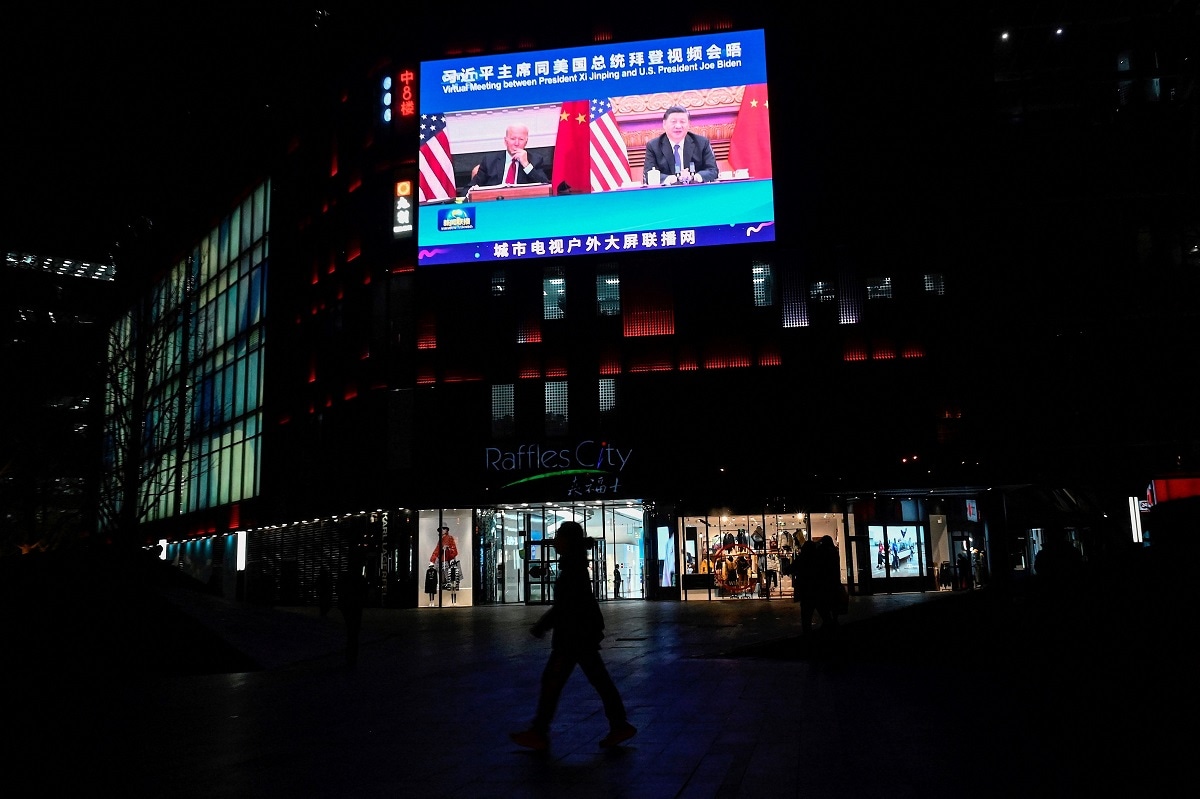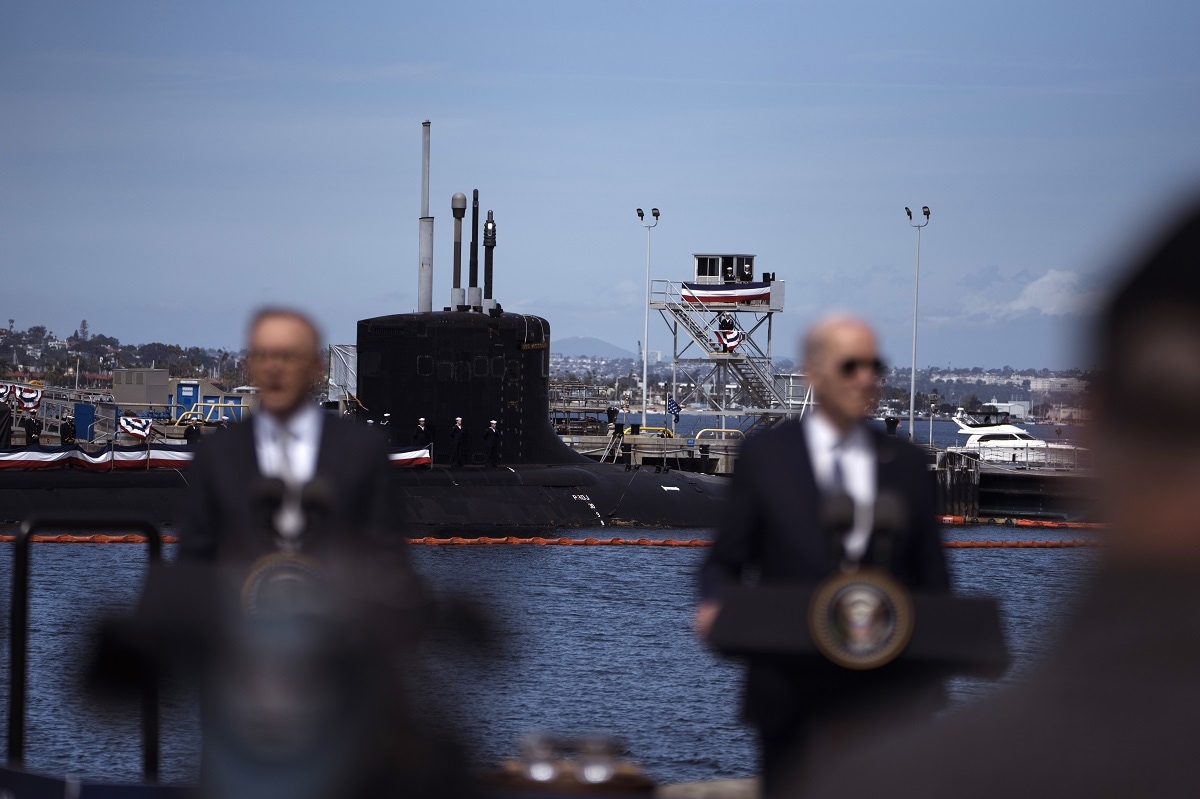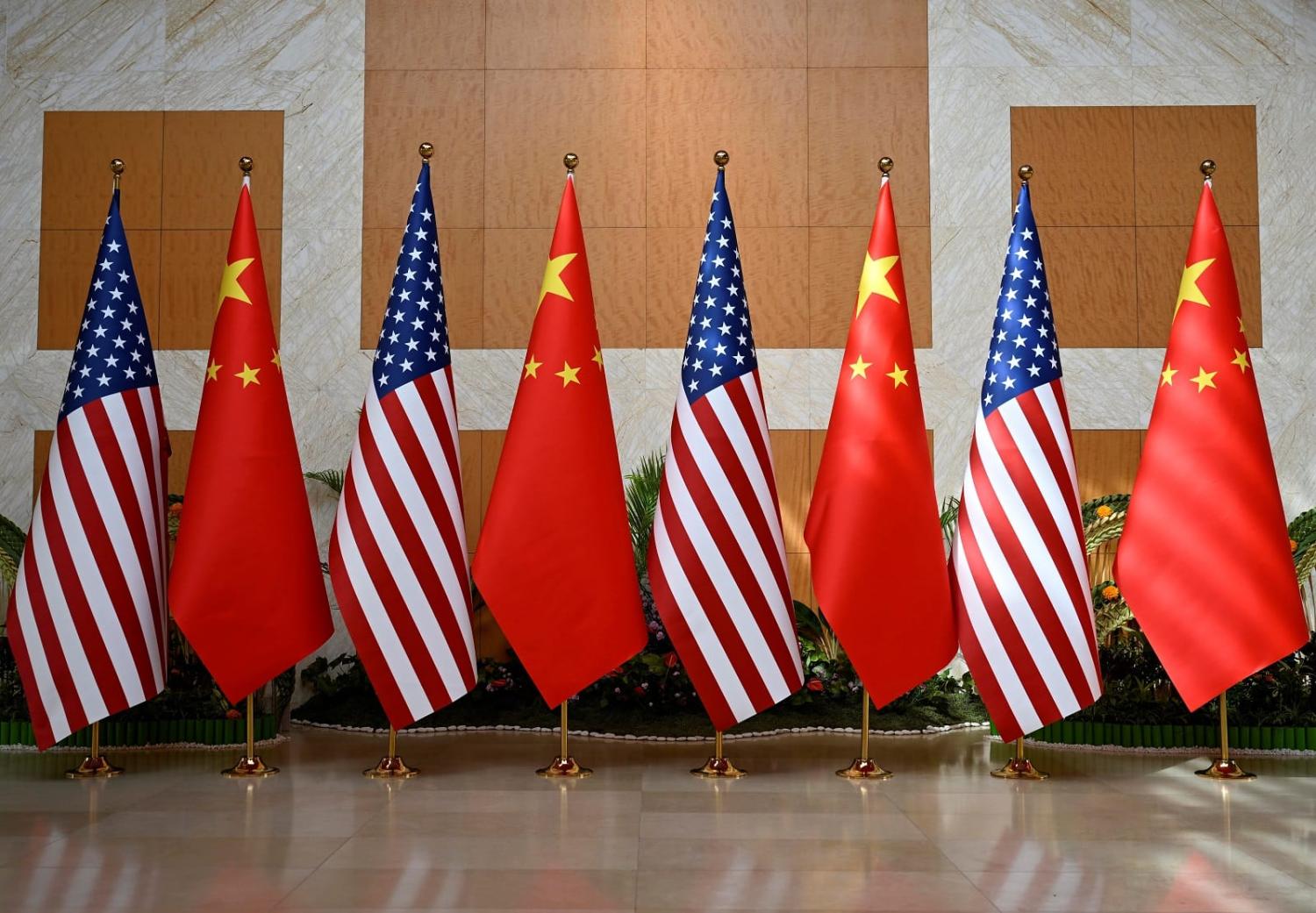US Deputy Secretary of State Wendy Sherman is a precise and disciplined speaker, minimalist in her articulation of the Biden administration’s wide-ranging policy towards its greatest competitor – the People’s Republic of China.
The spy balloon incident earlier this year is a background, but her speech in February at the Brookings Institution, America’s leading foreign policy think tank, was aimed at placing the latest diplomatic clash between the world’s two superpowers in the context of their multi-layered competition. It was a reminder that the tolerance for incidents in both Beijing and Washington is low, but also an effort to take down the temperature of the debate in Washington on how best to punish China.
She somewhat succeeded. In almost every paragraph of her speech – a cautionary note about the sheer burden of responsibility both powers share to keep the world peaceful – she was at pains to emphasise that the United States is not seeking conflict with China. But she was also clear about America’s willingness to compete with China across all domains of global power.
The formula of the Biden administration’s China strategy – invest, align and compete – is a combination of grand strategy and domestic politics.
A week after Sherman’s speech, across town at Georgetown University, a rising political star of the Biden administration, US Commerce Secretary Gina Raimondo, was articulating another piece of Washington’s competition policy puzzle for China. It was by far its most consequential and complex element – the Chips Act.
The Act aims to bring the advanced research and manufacturing of semiconductors – the backbone of the digital economy – back to America. Marking a return of the industrial policy only comparable in scale and ambition, in Secretary Raimondo’s own words, to John Kennedy’s Space Program of the 1960s, the Chips Act is about regaining America’s strategic advantage in key technologies while creating new manufacturing and research and development jobs across America. It’s a policy – if successfully implemented – that will build American technological resilience and superiority for the protracted competition with China, while providing high-quality training and well-paid jobs for American workers – a key tenet of President Joe Biden’s election platform.

Outside the administration and think tanks, the views on China in the US Congress, with a few exceptions, are also remarkably united and almost uniformly antagonistic to Beijing. The sentiments are driven by both domestic public opinion hostile to China and Beijing’s actions. The newly established Select Committee on the Chinese Communist Party is well-resourced, active and influential, creating an even more challenging political landscape for any efforts to take the heat out of the relationship. Its first round of hearings and grilling of the TikTok CEO are indicative of the mood on the Capitol Hill.
It is a stark reminder how fundamentally the US policy ecosystem’s view of China has been transformed in the last five years. The debate in Washington these days is not about whether China is a threat, but about the scale and proportionality of American response to it. Surprisingly, the views in the Pentagon and State Department insert some much-needed pragmatism and moderation. Last month, for example, the Joint Chiefs chairman General Mark Milley called for “lowering the rhetoric on China” and disputed perceptions that the United States and China are on the brink of war.
But political and diplomatic tensions over Taiwan, China’s support of Russia, and multiple other issues in the relationship, such as China’s role in the trafficking of fentanyl and other synthetic drugs to the United States, are continuously adding fuel to the fire.
The American business community’s views are more diverse, but there is a general agreement that the risks of doing business with China have gone up substantially. And so America’s economic de-risking and decoupling from China is gathering steam, so far most visibly in the technological domain, but spreading to other parts of the economy.
The irritants in the relationship are aplenty, and points of engagement are increasingly hard to find.
Across the Pacific, the mood in Beijing is also far from optimistic. China’s policy towards the United States is also becoming more confrontational. In his speech to the Chinese People's Political Consultative Conference in March, President Xi Jinping took a rare direct aim at the United States, accusing Washington of “containment, encirclement and suppression” of China. His newly appointed Foreign Minister Qin Gang warned that the United States and China are heading for conflict if Washington doesn’t “hit the brake”. Xi’s visit to Moscow – his first after being re-elected for a third term – and China’s continuing economic, political and diplomatic support for Russia have further darkened the mood in Western capitals.
For Australia, China’s ratcheting rhetoric towards the United States, and Beijing’s political trajectory – its growing authoritarianism, and the close partnership with Russia – are deeply uncomfortable.
China is ramping up its own decoupling from the United States and its allies, including Australia. Despite the recent stabilisation with Canberra, Beijing does not consider Australia a reliable long-term supplier of energy and resources. It just has not found another partner yet. Underneath China’s willingness to return the relationship with Australia to some normalcy is a deep distrust of Australia as a long-term economic partner and reliable commodity and energy supplier. To China, AUKUS – the trilateral security pact between Australia, the United Kingdom and the United States – is a confirmation that Australia does not run an independent foreign policy. Canberra may disagree, but this view is deeply entrenched in Beijing. China pursues an active diversification and economic resilience strategy – evident in the new energy and commodities agreements with Russia, Saudi Arabia and Iran.
Adding to these challenges are the directions of China’s economic policy aimed to boost sovereign capabilities and trusted energy and supply chain partnerships. Australia’s commodities trade with China had saved the economic relationship during its worst period. While Australia has made some progress in trade diversification, China remains the most attractive market for Australian iron ore and coal, as well as some agricultural products and education.

It's unclear how long China’s urbanisation that powered the demand for Australian iron will continue. The Australian budget is in deep deficit and AUKUS-related expenditure is expected to reach AU$268–368 billion for submarines alone. Paradoxically, Australia needs a robust trade with China to sustain the investments in defence capabilities to deter Beijing’s potential aggression against Australia.
As Prime Minister Anthony Albanese awaits the official invitation to visit Beijing, he must watch uneasily as the relationship between Washington and Beijing unravels at a time when Canberra’s policy of stabilisation with Beijing has just been gaining momentum.
This is not about Australia making a choice between Beijing and Washington. That choice was made a long time ago, if it ever truly existed. Australia is an integral part of the US-led network of alliances and coalitions aimed at keeping Chinese power in check.
Australia is clear-eyed about China’s long-term trajectory and the current change of diplomatic tactics that enabled the stabilisation.
But AUKUS and deepening alliance with the United States are raising the stakes and expectations of Canberra’s policy actions on China. So far, Washington has not commented on Australia’s efforts to stabilise the relationship with China, but privately, American diplomats and policymakers are warning Australia to be cautious.
Australia has shown that it can navigate its own path between Washington and Beijing. While many trade restrictions unilaterally imposed on Australia by China remain, some progress has been made and diplomatic and leader-level contacts have resumed. Just this week, Australian Foreign Minister Penny Wong and Trade Minister Don Farrell announced that Australia and China agreed on a mechanism to resolve a trade dispute over barley outside the World Trade Organisation – a sign of a concession by China. Beijing also announced a dispatch to Australia of China’s Deputy Minister of Foreign Affairs and former Ambassador to Australia, Ma Zhaoxu – the first senior Chinese official visit in six years.
Stabilisation makes sense for Australia. While Australia and US interests are aligned, they are not indistinguishable. Australia is likely to continue benefiting from China’s economic growth. Canberra and Beijing do not have the intractable economic and technological challenges that drive the US-China decoupling.
The purpose of the stabilisation is to create a space to maintain trade and diplomatic engagement with Beijing and bring Australia’s relationship with China in line with other partners in the region, such as Japan. Diplomacy, trade and deterrence do not have to be mutually exclusive. Australia has shown that it can be both principled and pragmatic on China.
Canberra may well succeed in balancing the demands of the alliance, economic resilience, sovereignty and robust trade with China. Australia’s deft management of the relationship with China may even influence Washington’s views and policy directions. But in a highly volatile global environment and with the deteriorating relationship between Beijing and Washington, Australia’s path is fraught with risks and uncertainties.

